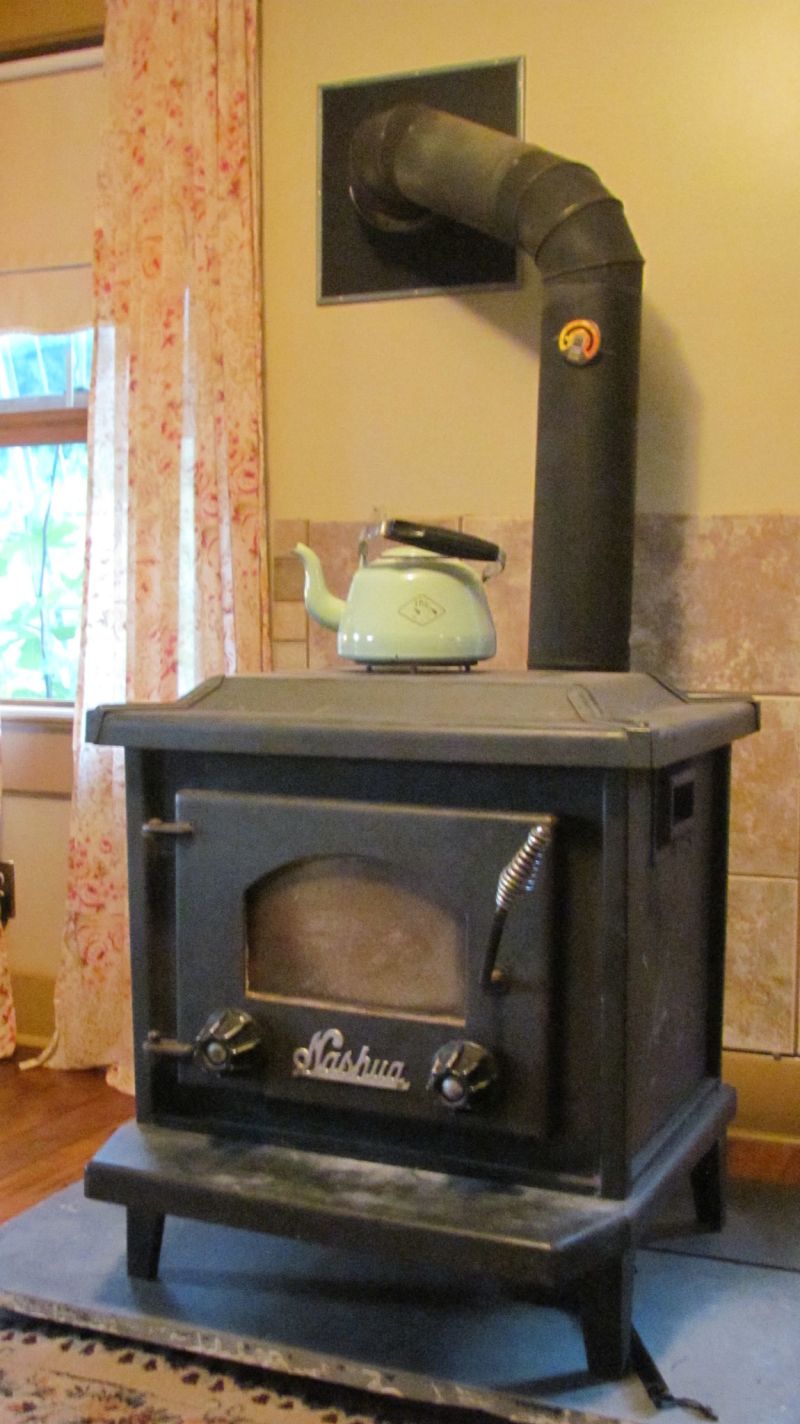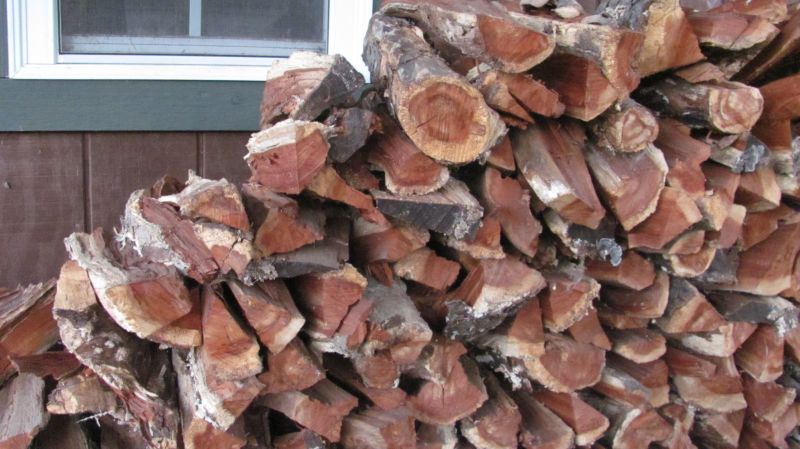ATH: Wood burner safety important when keeping winters chill at bay
Summary: Using a wood burner to heat your home or to supplement the work of your furnace can have a significant impact on decreasing the cost of winter heating. However, it is critical that safety and maintenance guidelines be followed closely.
Crisp autumn nights are whispering of the coming winter chill, and the wise wood burner owner heeds the signs and makes sure that all is ready for the season ahead.
First, make sure you are familiar with common wood burner terminology:
Hardwoods – deciduous trees, including beech, hickory, oak, and some maples. Burn longer, but not as hot, as softwoods.
Softwoods – conifer trees including Douglas fir, loblolly pine, red cedar. Burn hot and fast, need replenished more often.
Soft Hardwoods - include aspen, basswood, cottonwood, and poplar. These may have less fuel value than some of the softwoods.
Seasoned Wood – Wood that has been thoroughly dried to reduce moisture content over a long period of time.
Cord – Wood that is stacked end to end to occupy 128 cubic feet.
Creosote – A black, tarry substance that builds up in wood burning chimneys and is extremely combustible.
BTUs – British Thermal Units. One BTU is the amount of heat needed to raise the temperature of 1 lb of water 1°F.
Before even thinking about starting up that wood burner on the first cold night, remember that any more than 1/8 to ¼ inch of creosote on the walls or lining can cause a fire, with horrific results. Dont take chances with the lives of those you love.
First and foremost, call a professional to completely check out your wood burner and clean it thoroughly to ensure it is safe for the season.
Have a professional fix cracks, leaks, and blockages, no matter how small they appear. They will only worsen.
Make sure there is adequate clearance around the wood burner, and also that it sits on a non-flammable, durable surface.
Keep small children away from the wood burner at all times.
Avoid burning green wood. ¼ to ½ of the weight of green wood is water, and it also increases the amount of creosote released. It also is wasteful of BTUs. Only burn seasoned wood that is thoroughly dry. Remember that it can take can take as long as six to eighteen months for firewood to thoroughly dry, so it is important to plan well in advance. If you dont have enough firewood ready, purchase your supply from another source until yours is ready.
Firewood seasons best when it is split, and when air and sun are allowed to flow freely around and through it. When dry, it will be brittle, break apart more easily, and have obvious cracking, a result of the drying process. Seasoned wood also burns much hotter.
Slow burning, smoldering fires are not what you are searching for. There should definitely be more flame than smoke in the box,
Prevent future creosote build-up. A wood fire that burns hot and fast keeps the chimney too hot for creosote to stick
The denser the wood, the more concentrated its fuel value is.
Oak burns the most consistently. When it burns down, it produces steadily glowing coals that make heat for a long time.
Do not use newspapers or cardboard for kindling. The same goes for lighter fluid. These all create too much smoke. Instead, use dry softwoods, cut into small sticks for quick starts.
A well working wood burner should burn all wood to ash.
Stock up! On average, a family needs approximately 2 to 4 cords of firewood to get through the winter. This varies, of course, according to climate, size of home, and types of wood burned.
Have a little fun with your wood! Cedar kindling emits a wonderful aroma, as do hickory and pine. For a special treat, add some apple wood or other fruit tree wood, as they carry a faint fragrance of the fruit they produce.
Above all, make safety a priority, and enjoy keeping warm with your wood burner on those very cold winter nights!






